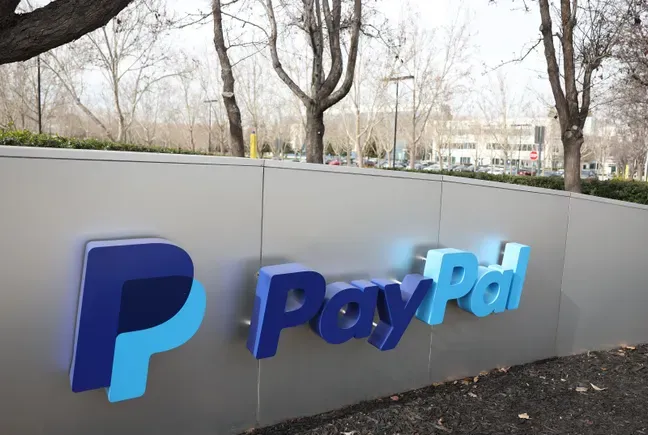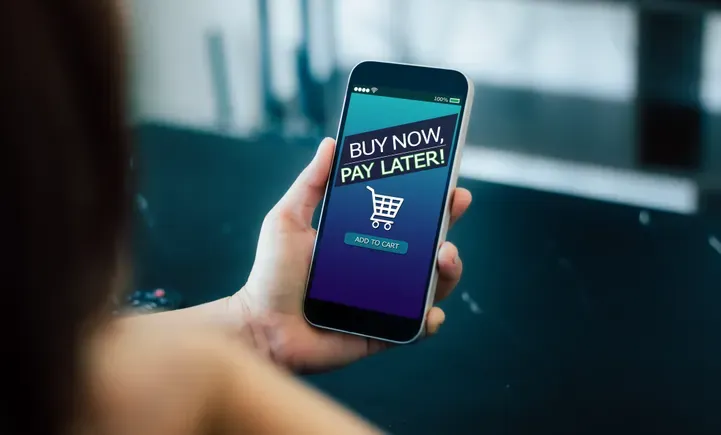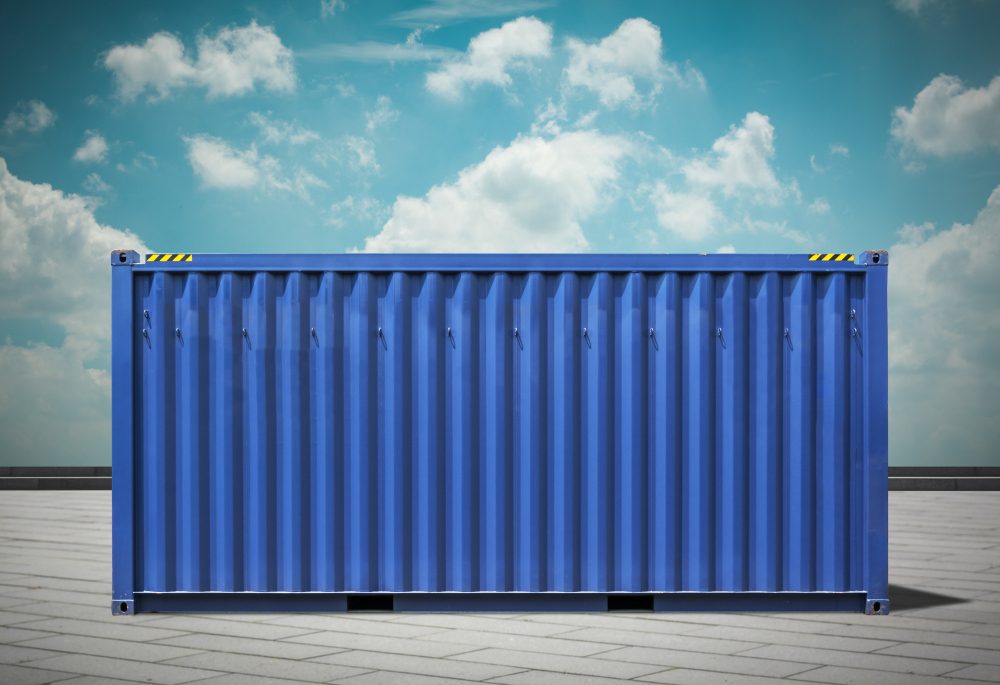Dive Brief:
- PayPal Holdings debuted personalized links for sending and receiving money via text, email and other conversations, the digital payments giant said Monday.
- The company is rolling out the feature to U.S. consumers first, but it will offer the tool to users in the U.K., Italy and other countries later this month. The links expire after 10 days, and consumers can receive payments instantly, according to the press release.
- The payments platform will also let users send cryptocurrencies, including Bitcoin, Ethereum and PYUSD, within its peer-to-peer payment app, the release said.
Dive Insight:
PayPal’s peer-to-peer payments aims to draw more customers to its ecosystem and simplify the payment request process with its new links feature, per the press release. The San Jose, California-based company’s total consumer payment volume, including peer-to-peer flows, grew 10% for the second quarter, relative to the period last year, the release noted.
“Whether you’re texting, messaging, or emailing, now your money follows your conversations,” PayPal’s consumer group general manager, Diego Scotti, said in the release.
PayPal’s expansion of peer-to-peer payments options in crypto follows its previous efforts to simplify digital currency payments. In August, the company announced its partnership with Mesh, a digital asset payments network, to create a pay-with-crypto conversion tool that lets shoppers and merchants transact using cryptocurrencies and stablecoins.
PayPal’s peer-to-peer business is growing alongside its overall business.
In its second-quarter earnings release, the company reported a 5% bump in its net revenues over the year-ago quarter to $8.3 billion. Its second-quarter total payment volume rose 6% from a year earlier to $443.5 billion.
As it releases the new payment link service, PayPal is also pursuing a “large-scale initiative” to modernize its payments infrastructure. In a July filing with the Securities and Exchange Commission, the company disclosed its plans to spend an estimated $300 million on updating its technology infrastructure over the next 18 to 42 months.
Disclaimer: This story is auto-aggregated by a computer program and has not been created or edited by finopulse.
Publisher: Source link








